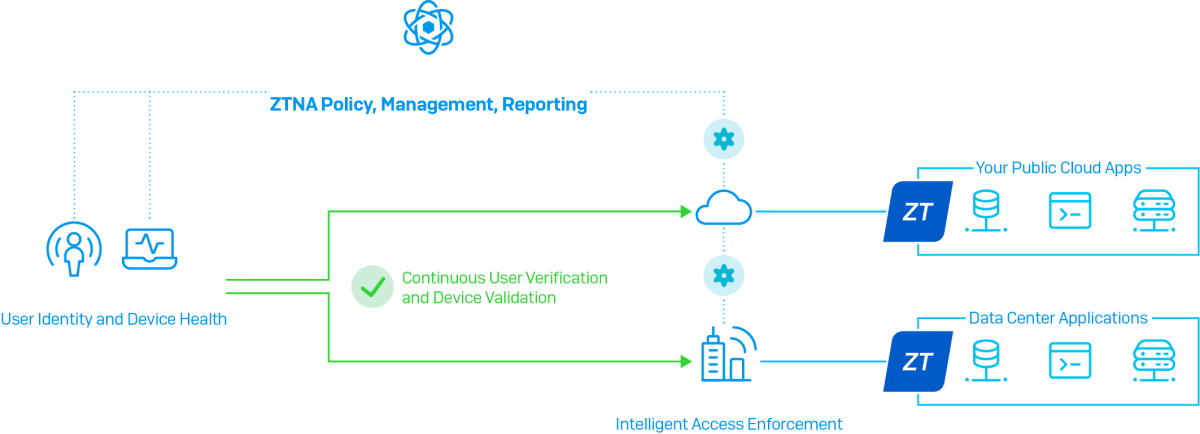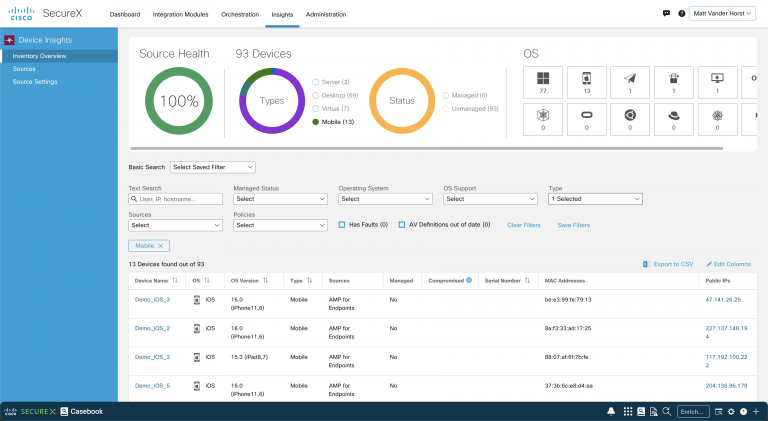A poor password at the highest levels of an organisation can cost a company millions in losses.
Recent findings show that half of IT leaders store passwords in shared documents. On top of that, it seems that folks at executive level are not picking good passwords either. Researchers from NordPass combed through a large list of CEO and business owner breaches. Their findings should renew considerations for additional security measures at executive level.
The findings
The five most common passwords among C-level executives, managers, and business owners were “123456”, “password”, “12345”, “123456789”, and our old friend “qwerty”. Terrifyingly, but perhaps not surprisingly, this looks exactly like every other list of the most frequently used passwords, suggesting no extra precautions are in place (or enforced) at the top.
Executives really love to use the names “Tiffany”, “Charlie”, Michael”, and “Jordan” for their passwords. I was curious to know if these are the names of executives’ name their kids. My entirely unscientific trawl for the names of CEO’s children turned up list of CEOs themselves. Henry, William, Jack, James, and David are all very popular names. This doesn’t match up with our list of password names. However, there is one list which claims that the Michaels of this world are most likely to become CEOs. Are CEOs naming their passwords after themselves? I’d like to think not, but then I probably wouldn’t have expected to be writing about “123456” either.
Animals and mythical creatures are popular choices. When not naming passwords after themselves, dragons and monkeys are both incredibly popular and also incredibly easy to guess.
Breaking and entering
Common ways corporate breaches and basic passwords spill all over the floor are issues we’ve covered at length. We recently highlighted recommendations from the Cybersecurity and Infrastructure Security Agency which deal with most of the causes of CEO password loss.
A combination of weak and reused passwords, and risky password-sharing habits make up the majority of hits on the “these passwords can lead to nothing good” indicator.
What happens when you combine bad password practices with human error and poor security infrastructure? These weak and obvious passwords just help to bring the whole thing crashing down that little bit faster.
There are some very smart attacks and compromises out there. Clever attackers can exfiltrate data from a network for weeks or months before making a more overt move. You’d expect people hijacking CEO data to be made to really work for it at every level. Sadly this research seems to suggest the opposite is happening in a lot of cases.
If nothing else, I’d love to see the actual response on the part of the criminals. What do they think when pulling down a C-Level executive’s data and discovering their email password is “sandwich”? Are they surprised? Is it business as usual? Do they think it can’t possibly be real, and they’re staring down the wrong end of a prank or law enforcement bust?
Is the CEO password sky falling? A word of caution…
There are some caveats here. The research doesn’t go into detail with regard to additional security measures in place. Yes, a CEO may have the worst password you’ve ever seen. That doesn’t mean the business has been popped right open.
Maybe they had two-factor authentication (2FA) set up. The password may be gone, but unless the attacker also has access to the CEO’s authentication app on their phone, it may not be much use. The CEO may use a hardware authentication token plugged into their desktop. Admins may have set up that one machine specifically for use by the CEO, for all CEO-related activity. It may not be usable remotely, and could be tied to a VPN an added precaution.
Having said all of that…
Manager? Use a password manager
If we’re talking purely about fixing the short, terrible, obvious passwords, then some additional work is required. 2FA, lockouts, and hardware tokens are great. Ultimately they’re fixing a myriad of additional problems regardless of whether the password is good or bad.
To fix bad password practices, we need to look to tools which can improve them and help keep them a bit more secure at the same time. I am talking about password managers, of course.
A password manager is a software application that gets around the twin evils of poor passwords and password reuse by creating strong, random passwords and then remembering them.
They can function online, so they are accessible via the web and can sync passwords between devices, or they can work entirely offline. Offline password managers are arguably more secure. Online components can add additional risk factors and a way for someone to break in via exploits. The important part is to keep the master password to access your vault secure, and to use 2FA if available for an additional layer of protection. Make your master password long and complex—don’t use “qwerty”.
Password managers with browser extensions can help deter phishing. Your password manager will object to entering a password into the wrong website, no matter how convincing it looks. No more risk of accidental logins!
Some password manager tools allow you to share logins with other users in a secure fashion. They don’t show or display the password to the other users, rather they just grant a form of access managed by the tool or app itself. If your CEO has no option but to share a password with somebody else, this is the only safe way to do it.
There’s never been a better time to wean ourselves away from shared password documents and the name “Michael” as the digital keys to an organisation’s kingdom. It’s perhaps time for CEOs and other executives to lead from the front where security is concerned.
Source :
https://blog.malwarebytes.com/malwarebytes-news/2022/05/why-you-should-act-like-your-ceos-password-is-querty/













